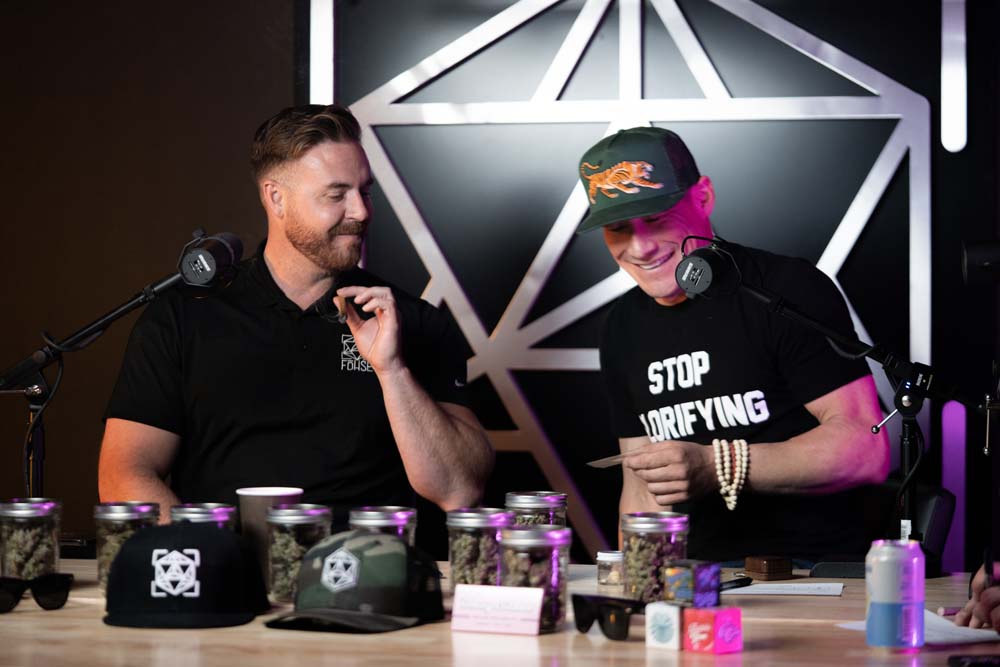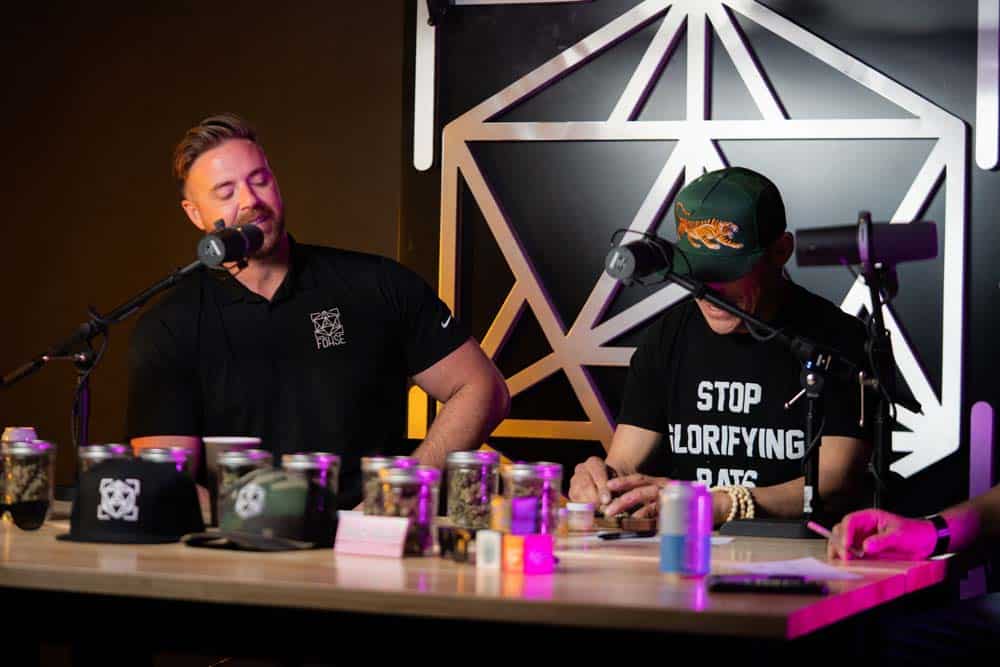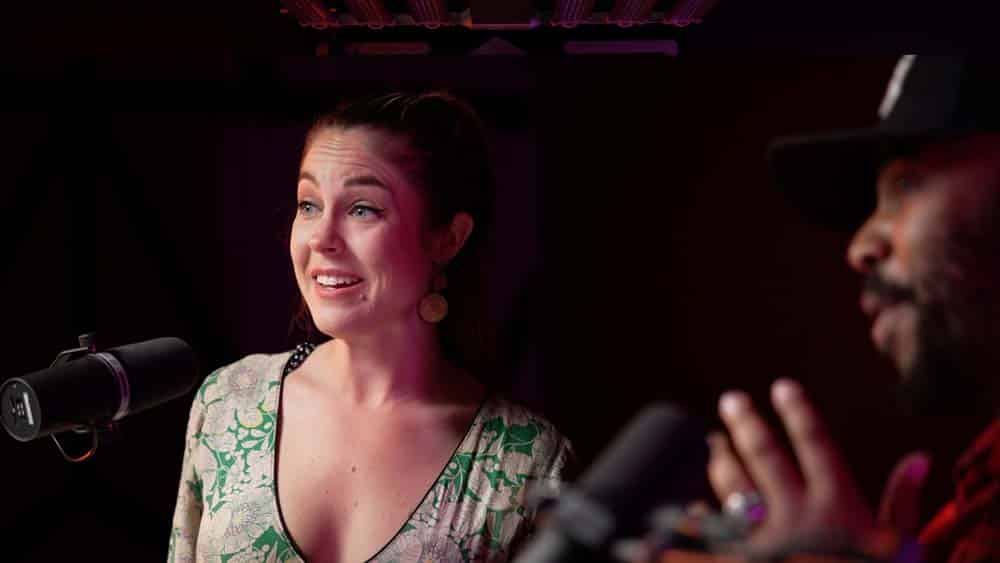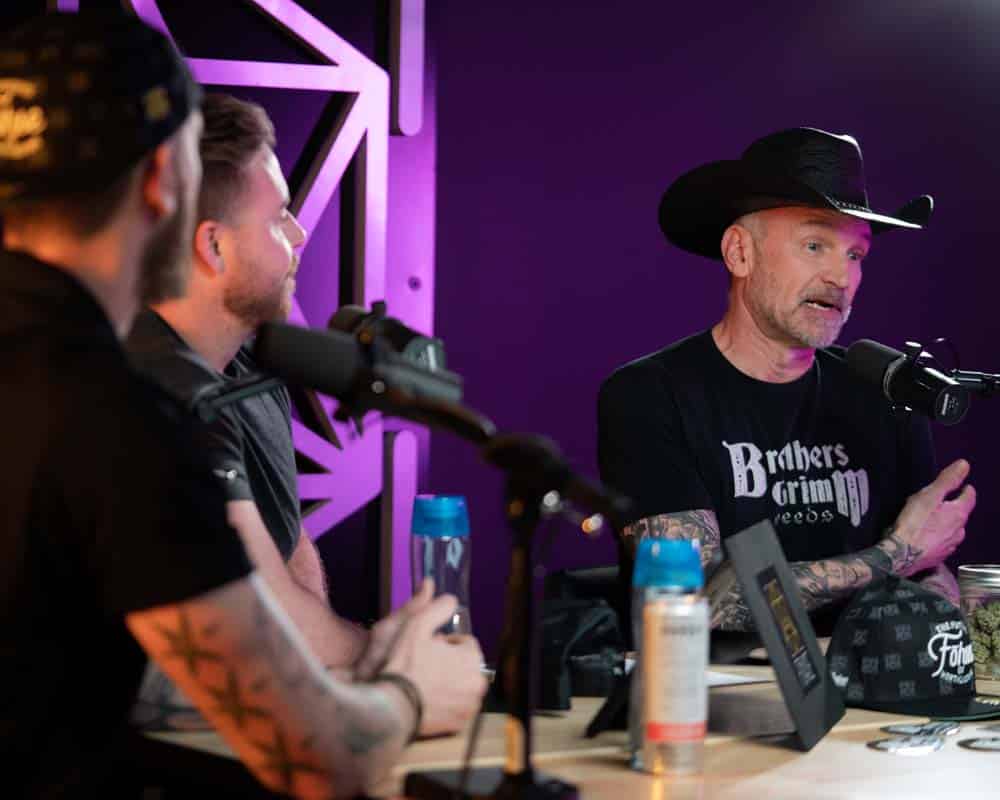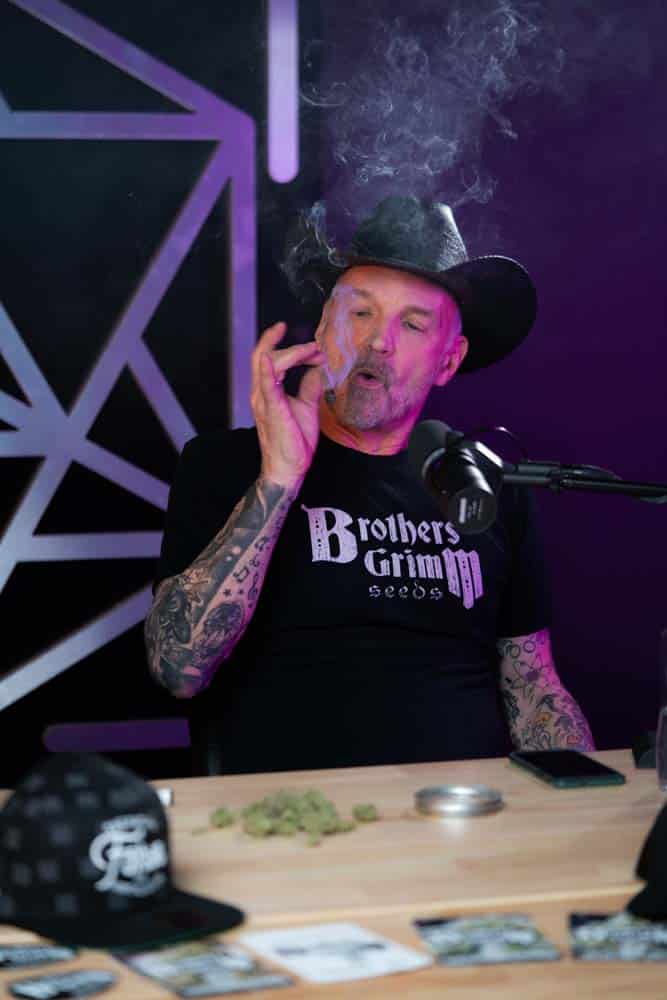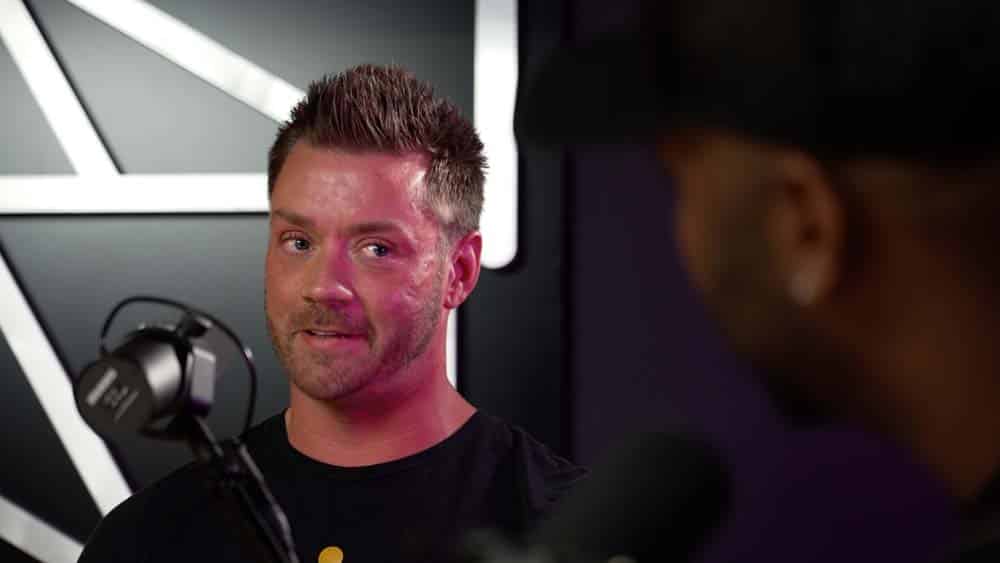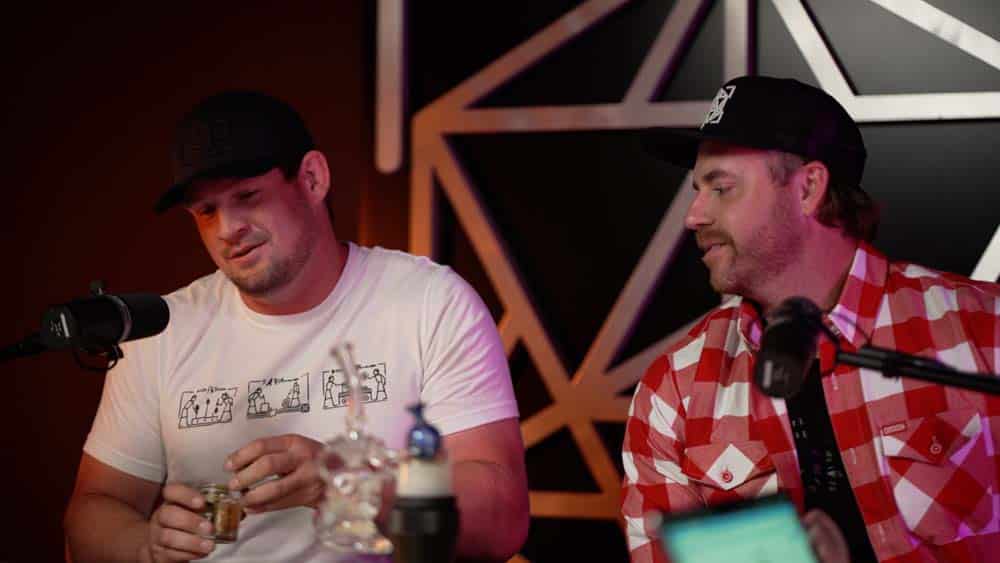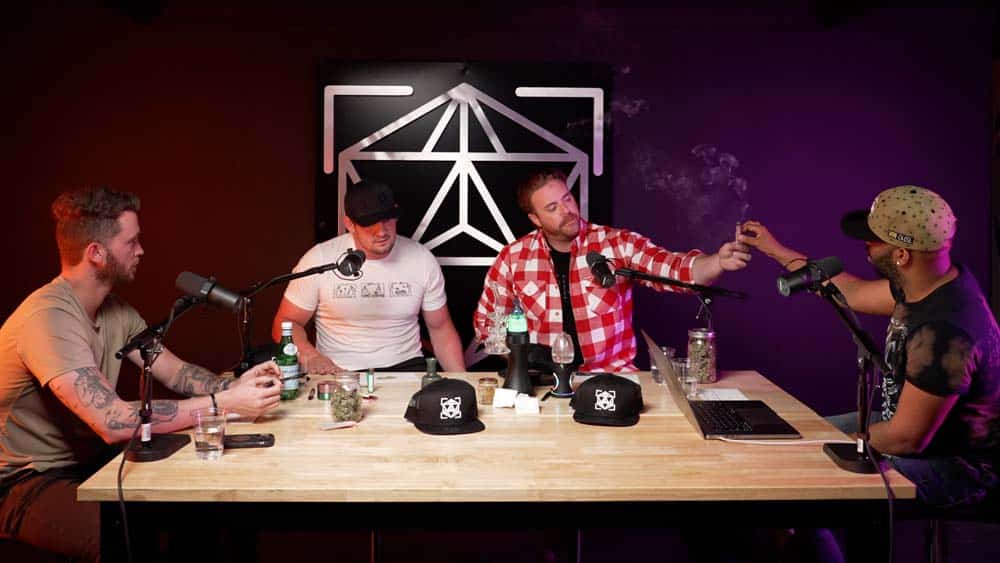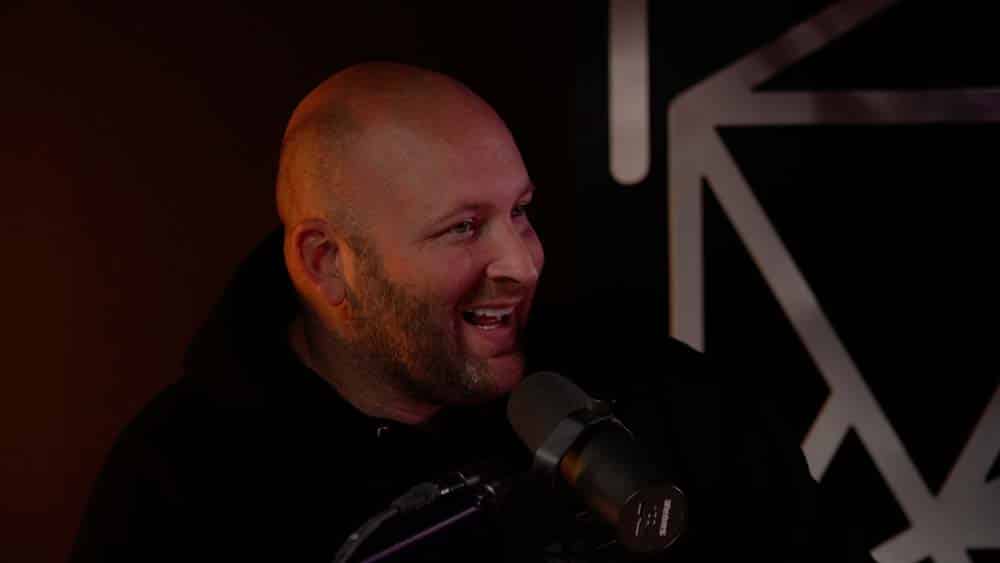High-intensity LED lights, including those tailored for seedlings, are far from plug-and-play systems. Cultivators must account for variables like defoliation, environmental parameters, and feed when they install high-intensity LED lighting fixtures. These play critical roles in plant morphology, yield, and secondary metabolite production. LED light intensity for seedlings and the broader spectrum of high-intensity LED grow lights are some of the largest components that drive photosynthesis, so switching your lighting source can come with a learning curve. Growers have to learn and adapt regardless of experience level and consider the different variables that must be monitored during the transition to high-intensity LED lights.
Adjust Your Environment
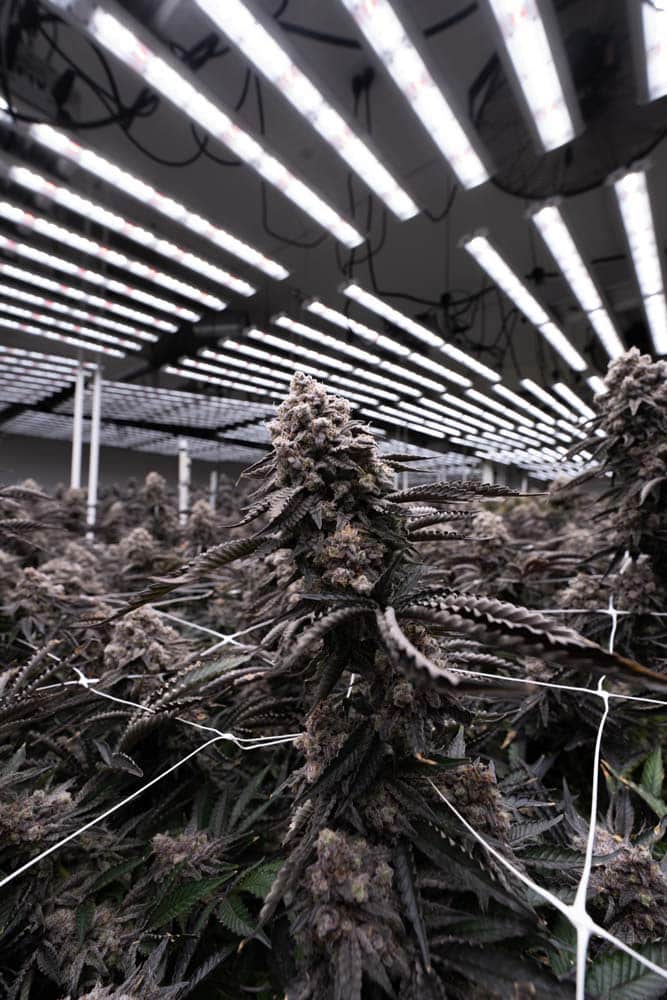
Growers used to using HID lights, or high-intensity discharge, have to juggle their heat load. They produce light by arcing electricity through selected gasses, making them extremely hot. Once the arc is ignited, it melts and evaporates metal salts inside the device. This presents a few cons. Most of the energy HID lights use is created and emitted as heat. This significant addition of heat stresses your air conditioning systems as it’s constantly working to cool the growing space. Ultimately, this skyrockets your electric bill and adds additional problems to the grow facility.
High-intensity LEDs like FOHSE produce less heat while increasing your canopy’s photon density, saving you money on utility costs. LEDs also provide more usable light (PAR, or Photosynthetically Active Radiation) to your canopy.
Due to the lack of heat given off by efficient and newer LEDs, cannabis cultivators should run their grow spaces warmer than they are used to maintain a proper VPD or vapor pressure deficit. You could see a demand for 7-10 degrees Fahrenheit higher than normal in order to meet ideal leaf surface temperature and ideal VPD.
With this decreased heat load, your A/C systems will work more efficiently. The small con is that your A/C provides extra dehumidification properties to the room in an HID setup. With the A/C system working less, growers should consider adding dehumidifiers to the space to supplement that need.
Push Higher Intensities
Pushing higher intensities isn’t possible under older model LEDs and HID systems. Additionally, the photon distribution isn’t uniform. HID systems emit light from a single source, and PPFD, or Photosynthetic Photon Flux Density, decreases dramatically the further you are from the light source horizontally or vertically. While older LEDs attempted to solve the photon distribution issue by using multiple light panels and diodes to emit light, the canopy penetration suffered. Without the proper intensity and penetration, these systems are beginning to fall behind technologically.
Light intensity also plays an integral role in a plant’s structure. Traditionally, vegetative growth is a time when low light intensity is recommended. A September 2022 study from the Journal of Industrial Crops and Products challenges the traditional narrative. A fixture’s light intensity can modify the growth and morphological characteristics of vegetative cannabis. High-powered LEDs can deliver more usable light than older-model LEDs or HID systems, allowing growers to push higher intensities earlier in the cycle. Not only does this increase productivity, but it’s also ideal for cannabis to receive this light early.
Pushing intensities upwards of 600-900umol is beneficial for pushing production early. The study above shows that plants were shorter at 900umol and had tighter internodal spacing than those growing under 600umol.
Intensity also plays a huge role when cannabis flower clusters set and bulk during flower. Studies have shown that greater PPFD to your flower sites typically results in greater yield and potency. Some cultivars can handle over 1800umol, showing linear increases in yield and potency through those light levels.
Pushing intensities early during vegetative growth and in flower allows you to optimize cannabis crop production by creating the best plant structure possible and increasing the potential for yield and quality of your flower.
Run Higher Inflow and Substrate ECs
Inflow EC, or electrical conductivity, is the concentration of nutrients fed to the plant. The substrate EC is the electrical conductivity value within the growing media. Under HID, light intensities are lower on average, peaking between 700 and 1000umol, depending on your setup. As you switch to high-intensity LED fixtures, more usable light can be distributed at the plant canopy. As light is one of the main drivers of photosynthesis, both feed EC and substrate EC should increase under more efficient LEDs.
EC can also be used to control plant morphology. Higher EC values within the media will result in more nodes within shorter plant heights, while lower EC values will result in greater stem elongation and vegetative growth.
Keeping a consistent feed EC is crucial, but increases from HID protocols are needed. Many of our clients utilize a 2.5 – 4.0 inflow or feed EC. The high and lower side of recommended EC concentrations can both successfully steer your plants. They can even steer in a similar manner at varying EC concentrations. For example: A 2.0 EC with smaller shot sizes and lower total irrigation volume could stack EC within the substrate the same way a 4.0 EC with higher runoff volume can. Its ultimately about balancing each parameter with the next to achieve your goals. Although you are able to stack the substrate EC to the same value with varying input EC concentrations, take note that this can trigger different cues to your plants. For example, a 2.0 inflow EC concentration will require substantially larger drybacks to achieve the same substrate EC as a 4.0 inflow. Running a higher feed EC with more runoff will give your plant an additional vegetative cue. The lower feed EC value with larger drybacks will give the plants another generative cue.
The substrate or media EC should also be monitored. The EC value of your substrate can be measured by a sensor, which gives you a real time look into the media. Whether or not you have a substrate sensor, it’s also wise to take leachate or runoff pH and EC to further monitor how your plants are feeding. Substrate EC can be modulated by drying the media or increasing the fertigation volume. Drying back will increase the substrate EC while achieving more runoff via greater irrigation shot sizes will decrease the substrate EC. It is key to take data on each strain and monitor how each cultivar responds to certain ECs to optimize your facility’s production.
Utilize the Correct Spectrum
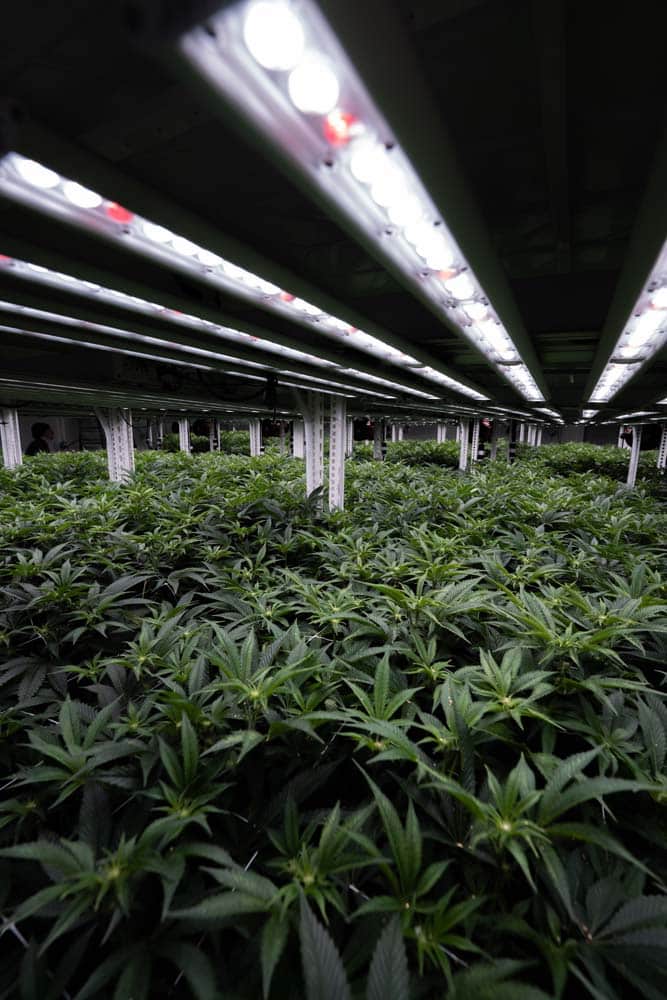
HID growers have utilized CMH or ceramic metal halides for vegetative growth due to the white and blue hues it emits. Blues and whites help plants to develop many branches and nodes within smaller plant heights. Additionally, higher levels of blue diodes have an inverse relationship to yield during flowering, according to a 2021 study. For flowering cannabis, CMH bulbs are swapped with HPS or high-pressure sodium bulbs to deliver more red, yellow, and orange hues. Changing bulbs can be dangerous and a hassle for cultivators. Not to mention the lifespan of these bulbs is very short. Many cultivators are opting for LEDs that can change the spectrum within the fixture to avoid this process.
Flowering cannabis can benefit from varying light spectra depending on the grower’s goals and which flowering phase the plant is in. Our flagship series of fixtures (A3I, Scorpio & Aries) all offer spectral tunability between three seasons: Spring, Summer, and Autumn. This gives growers the tunability they need to veg in place or cater to each stage of flower.
Early flower in most crops is when the plant stretches or bolts. Cannabis can double or triple in size during this phase. The spring setting is laden with blue and white diodes, allowing growers to reduce the bolting or “stretch” in early flower. This also tightens internodal spacing, thus maximizing the number of nodes within shorter plant heights. The summer spectrum is best-utilized mid-flower as the additional reds, yellows, and oranges promote flower development. The additional red and far red of our autumn spectrum helps to induce a fall feel for your plants, promoting ripening in late flower.
It’s important to note that spectrum can either stunt growth and production or push each plant to its limit. Utilizing improper spectrums for the given stage of life will result in non-ideal plant morphology and overall flower production.
Ramp Intensity.
In HID systems, ramping intensity is extremely limited. Sometimes fixtures can only turn off or turn on to the highest intensity offered. Other fixtures can increase in 25% increments. As light is one of the main factors controlling the rate of photosynthesis, this light intensity increase is a drastic change as the plant translates and receives it. To avoid these intensity variances, growers have “chased the canopy.” This involves manually raising or lowering the light fixtures to meet the PPFD needs of each crop during various phases of plant growth.
FOHSE developed a central control module applicable to all of our fixtures that can increase and decrease light intensity in one-percent increments. This allows growers to slowly push cultivars and fine-tune their desired setpoints throughout the cycle while eliminating the need to chase the canopy.
This practice is incredibly beneficial when using high-powered fixtures for the first time. As many cultivars have been bred and selected under HIDs, it’s essential to take intensity increases slowly to see which cultivars can handle it and which remain to prefer the intensity and spectrum they were selected under. However, when you know the light intensities each variety can handle, you can jump right into higher light levels during veg and flower so long as your parameters are balanced, as studies have proven this beneficial.
Taking data during each crop cycle will help growers stay in tune with each cultivar’s light demands at various stages. Also, utilizing some form of intensity control can greatly aid growers in limiting stress and pushing production weight and secondary metabolite concentrations.
Dim Lights After Defoliation for Advanced Seedling Growth.
Defoliation, a critical practice for cannabis plants, stresses them but is ultimately beneficial, especially when managed with high intensity LED lights. This method can temporarily reduce transpiration and photosynthesis, but it allows lower flower sites to receive more photons from high intensity LED lights, crucial for seedling development. After defoliation, it’s advisable to adjust the LED light intensity to support the apical inflorescence, improving yield and flower quality. This adjustment helps in managing light intensity for seedlings, ensuring they receive the optimal spectrum and intensity without damage.
Fan leaves are pivotal in harnessing LED light intensity for seedlings, facilitating efficient photosynthesis. Post-defoliation, with the reduced rate of photosynthesis, it’s essential to dim the LED grow lights and revise irrigation strategies to prevent crop damage from the high intensity LED lights.
Drop Temps at the End of the Cycle
A 2011 study published in the journal of Physiology and Molecular Biology of Plants states that there was a considerable variation in the temperature response of photosynthetic characteristics in different drug and fiber types of Cannabis varieties. Cannabis varieties prefer certain climates as their response to the environment determines cannabinoid concentrations, color changes, and rates of photosynthesis. Variations in response to temperature were more variety-specific than types (drug and fiber).
Concerning environmental preferences in varying genetics, dropping temperatures at the end of the cycle typically positively affects the color of cannabis flowers. Also, increasing your daytime and nighttime differential will help to promote anthocyanin production in late flowers. This promotes ripening as it mimics the naturally occurring temperature decreases outside. Subsequently, bag appeal and value are added as each cultivar has unique colors revealed in lower temperatures. As you drop temperatures, ensure that humidity is altered to maintain a proper VPD.
See how LEDs work in your facility.
There are several components to consider when you install LED lights, but FOHSE’s horticulture team partners with each client to optimize their facility, leverage their LED fixtures, and answer any questions you have as you dial in your facility

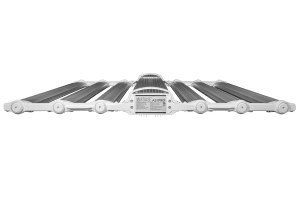

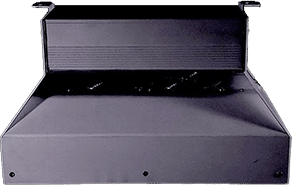

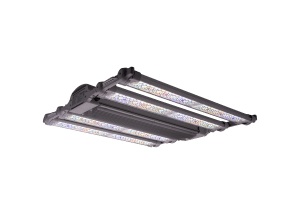


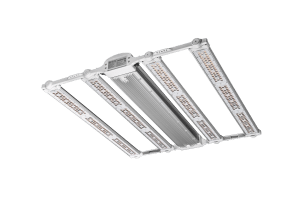
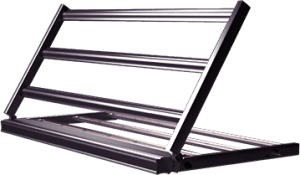
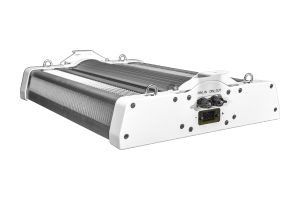


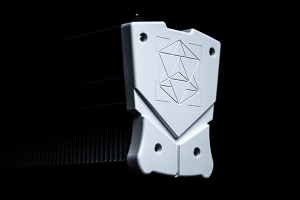

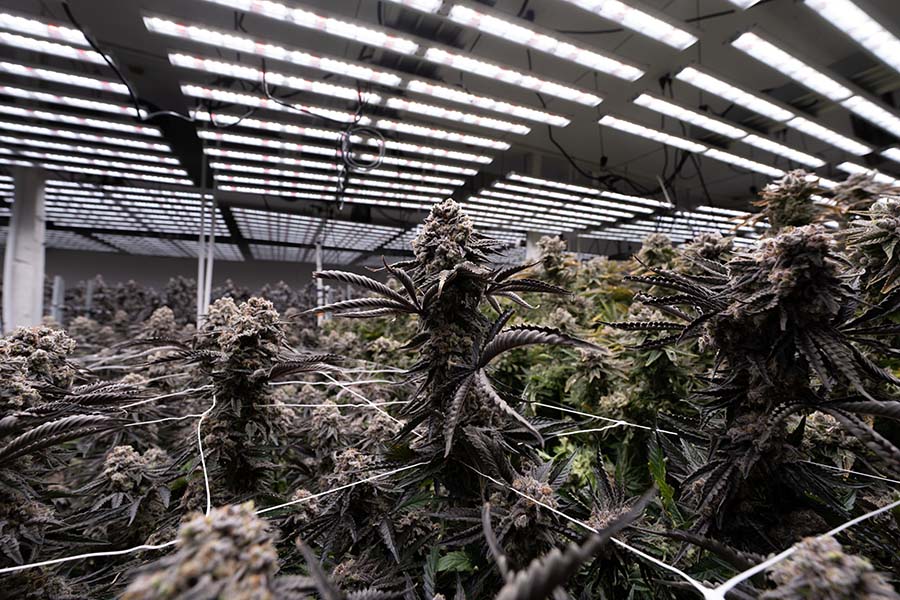
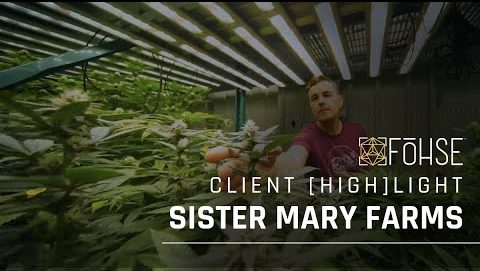
![High Efficiency, Increased Yields | Perfect Harvest [HIGH]LIGHT 💡](https://resources.fohse.com/wp-content/uploads/2023/01/maxresdefault-1024x576.webp)
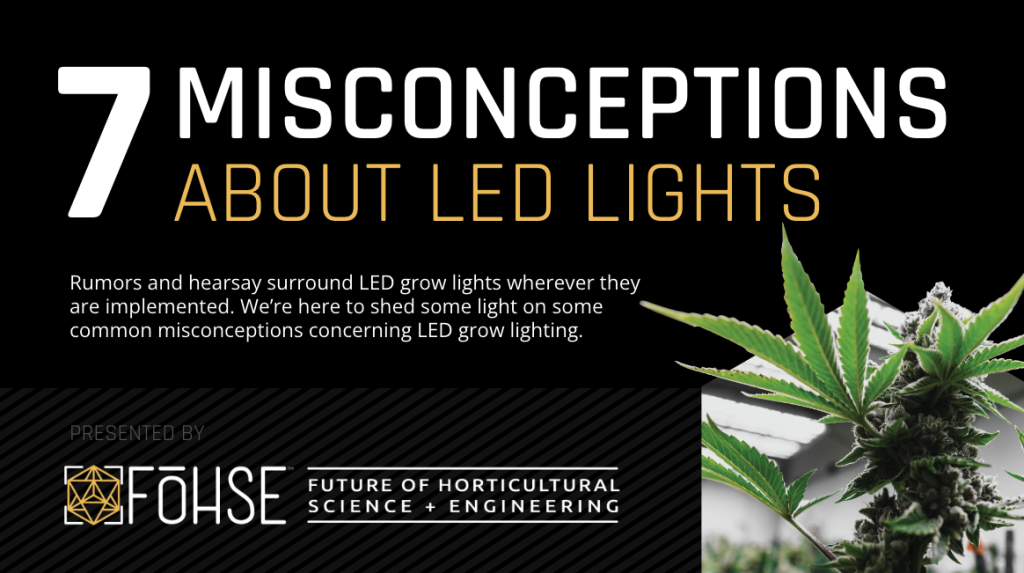
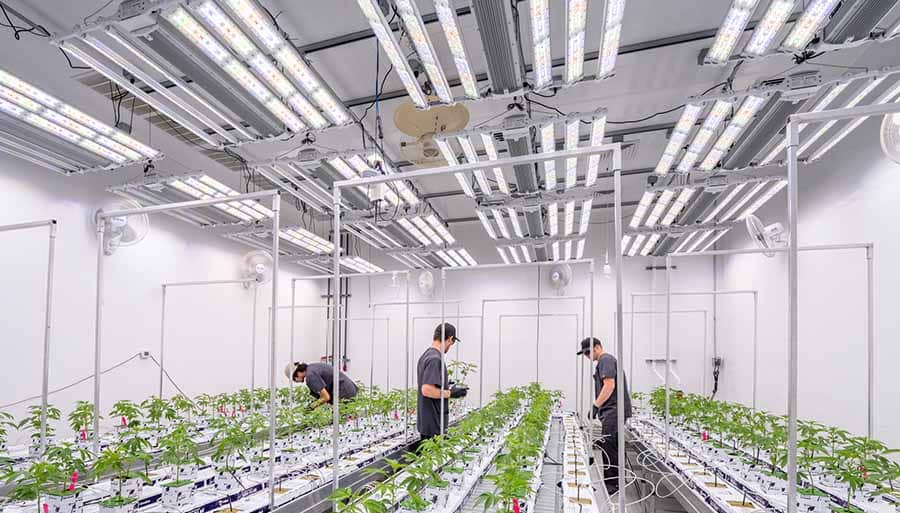
![Fohse’s Attention To Detail | 3 Bros Grow Cultivation [HIGH]LIGHT](https://resources.fohse.com/wp-content/uploads/2021/12/3bros.jpeg)
